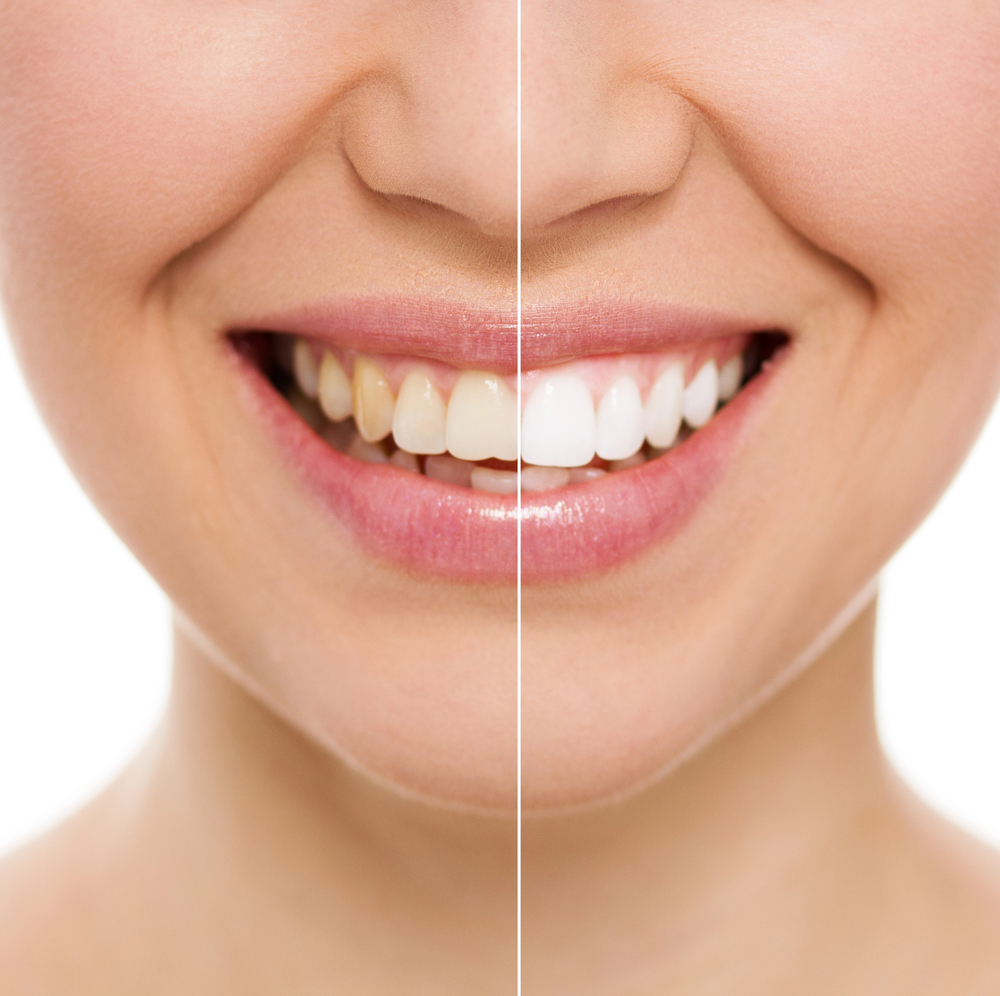
The global teeth whitening market has experienced a significant transformation in recent years, driven by rising consumer awareness about oral aesthetics and technological advancements in dental care. Valued at billions of dollars, this sector reflects a growing desire for radiant smiles and a strong emphasis on oral health. With the integration of luxury services like the dental spa, the market is not just evolving but redefining the entire patient experience. This article delves into the key factors propelling market growth, the challenges faced, and the opportunities that lie ahead.
Growth Drivers of the Teeth Whitening Market
One of the primary catalysts for the expansion of the teeth whitening market is the increasing awareness among consumers about dental aesthetics. Social media and the influence of celebrities have made bright, white smiles a desirable standard, encouraging individuals to seek professional and at-home whitening solutions.
Technological Advancements
The market has benefited significantly from advancements in technology. Products like LED light kits, custom-fitted trays, and hydrogen peroxide-based whitening strips offer more effective and convenient solutions than traditional methods. In professional settings, innovations such as laser teeth whitening have revolutionized outcomes, making them faster and more efficient. Additionally, the incorporation of high-end experiences through dental spa services has enhanced patient comfort and satisfaction, attracting more clientele.
Increasing Disposable Income
The rise in disposable income, particularly in developing economies, has allowed more people to invest in cosmetic dental procedures. This trend is particularly evident in countries like India, China, and Brazil, where middle-class populations are expanding. Dental spa services, which combine cosmetic procedures with relaxation treatments, are gaining traction in these regions as a premium option for those seeking enhanced experiences.
Availability of At-Home Solutions
The proliferation of at-home teeth whitening kits has democratized access to cosmetic dental care. Consumers can now achieve professional-level results at a fraction of the cost and without a visit to the dentist. Brands are continuously innovating to make these products more user-friendly and effective, further fueling market growth.
Challenges in the Teeth Whitening Market
Despite its robust growth, the teeth whitening industry faces several challenges that could hinder its expansion.
Safety Concerns
One of the most significant issues is the safety of teeth whitening products. Over-the-counter kits, if misused, can lead to tooth sensitivity, gum irritation, or enamel damage. Regulatory bodies like the FDA and EU health agencies have imposed strict guidelines, but the global nature of the market makes enforcement inconsistent.
Market Saturation
The abundance of teeth whitening products has created a highly competitive landscape. Consumers often face difficulty distinguishing between effective and subpar solutions, leading to skepticism about the efficacy of certain products. This saturation is particularly problematic for new entrants trying to establish their credibility.
Affordability vs. Quality
While at-home kits have made whitening more accessible, there is a persistent trade-off between affordability and quality. Many high-end products and dental spa services remain out of reach for lower-income consumers, creating a gap in market penetration.
Opportunities in the Teeth Whitening Market
Despite these challenges, the market offers ample opportunities for growth, driven by innovation and consumer demand.
Expansion of Dental Spa Services
The concept of the dental spa represents a significant opportunity in the teeth whitening market. By combining cosmetic dental procedures with spa-like amenities—such as aromatherapy, massage chairs, and personalized care—these services enhance the patient experience. This approach not only attracts a high-income demographic but also builds brand loyalty through superior customer satisfaction.
Eco-Friendly and Natural Products
The demand for eco-friendly and natural teeth whitening solutions is on the rise. Products made from activated charcoal, baking soda, and plant-based ingredients are gaining popularity among environmentally conscious consumers. Brands that invest in sustainable packaging and transparent sourcing practices can carve out a niche in this growing segment.
Emerging Markets
Emerging economies present untapped potential for the teeth whitening industry. As urbanization increases and healthcare infrastructure improves, there is a growing acceptance of cosmetic dental procedures. Affordable yet effective solutions tailored to these markets can drive significant growth.
Integration of AI and Personalization
The use of artificial intelligence (AI) to create personalized whitening plans is a burgeoning trend. AI can analyze individual dental profiles to recommend the most suitable products or treatments, enhancing results and minimizing side effects. Such innovations can revolutionize the market, offering unparalleled customization and value.
The Role of Branding and Marketing
In a saturated market, branding and marketing play a crucial role in differentiating products and services. Companies are leveraging social media influencers, celebrity endorsements, and immersive advertising campaigns to capture consumer attention. For dental spa services, the emphasis on luxurious, stress-free experiences resonates well with target audiences.
The global teeth whitening market is poised for continued growth, driven by technological advancements, increasing consumer demand, and the integration of high-end services like dental spas. While challenges such as safety concerns and market saturation persist, the opportunities for innovation and expansion into emerging markets offer significant promise. By addressing these challenges and capitalizing on evolving trends, the industry can continue to shine, delivering brighter smiles and elevated experiences to consumers worldwide.
